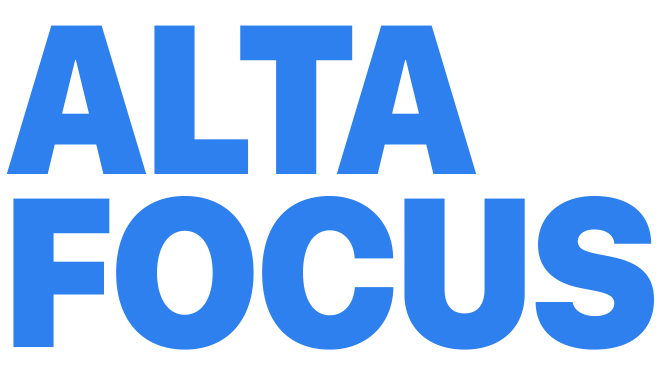
Opinions expressed by Entrepreneur contributors are their own.
Artificial intelligence is rapidly transforming the way we live and work: AI-generated content is becoming increasingly common across various industries and is all but ubiquitous in news headlines. The term, broadly, refers to content created or produced by artificial intelligence algorithms like ChatGPT and can be used as assets such as brand names, logos, product names, slogans or taglines. With the rise of this technology, it is increasingly important for businesses to protect such brand assets, including ensuring that they have exclusive rights to use them. One way to achieve this is by registering them as trademarks with the United States Patent and Trademark Office (USPTO).
Think of trademarks as legal protection for assets that you don’t want competitors to steal. According to the USPTO, a trademark is a symbol, word or design that distinguishes a company’s products or services from those of its competitors. By registering AI-generated material as a trademark, businesses can ensure legal protection and recognition. Below are some of the associated benefits:
Legal protection
Registering AI-generated content with the USPTO provides businesses with legal trademark protection, including the right to use it in commerce and to enforce rights against others who may attempt to use similar content.
Nationwide recognition
A federal trademark registration grants businesses nationwide recognition for AI-generated content, allowing them to expand their business and reach new customers without worrying about infringement issues.
Evidence of ownership
A registration certificate serves as evidence of a business’s ownership of the AI-generated trademark and can be used in legal proceedings to enforce associated rights.
In order to protect AI-generated brand assets under federal trademark registration, applicants must meet certain requirements. Firstly, the brand asset must be distinctive — not overly similar to existing ones in terms of appearance, sound or meaning, as this could lead to confusion among consumers. Secondly, AI-generated content must be used in connection with products or services. In other words, it must be used in a commercial context (such as in advertising or on products) to identify and distinguish them from other products or services.
Even if the content is not yet in use, businesses can still protect it with an “Intent to Use” trademark filing status. This application option is available when filing a federal trademark with the USPTO, and allows applicants to reserve the right to a trademark before actually using it in commerce.
Finally, the brand asset cannot be generic, or merely descriptive, as it would be too broad in scope and not capable of serving as a source identifier. (The USPTO will consider all relevant factors when evaluating eligibility.)
Related: All You Need to Know About Using Trademarks for Your Business
In today’s fast-paced and highly competitive business world, AI-generated content has become a vital part of many companies’ marketing strategies. Registering such assets as a trademark with the USPTO is a smart move for businesses looking to protect their brand and so gain a competitive advantage. By doing so, they can assure legal protection and evidence of ownership, and in the future enjoy potential nationwide recognition.






